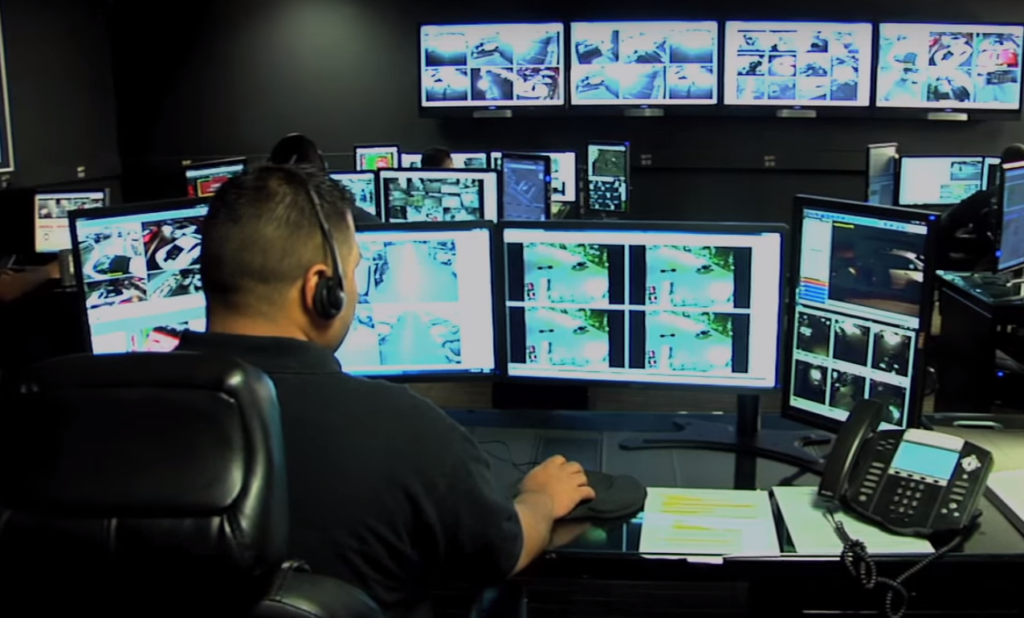The public views executive protection in the forefront as bodyguards in black suits, earpieces, and sunglasses carefully escorting a VIP from point A to point B. Of course, along with mostly everything on the surface, there is much more to it than just that. Thus, in this article, we shall explore CCTV in EP.
The human element of executive protection is not limited to close protection. Of course, it is necessary to have a competent and well-trained security team scanning the immediate area to the principal(s) either in transit or in a fixed location (i.e., a charitable event or public appearance). Yet, technology plays a key role. A piece of equipment that is as synonymous to the security professional as the operating table is to a surgeon: the closed-circuit television (CCTV).
There is a common misconception that CCTV in EP and CCTV generally is only for spotting menacing behavior. The aforementioned is indeed correct and has led to many security personnel delaying and deterring criminal behavior (both for the principal) in transit to/from and while on-site. Still, CCTV is an essential investigative tool, and not just after somebody has committed a crime.
For example, suppose the principal, a C-Suite CEO of a global organization, is attempting to return to an area they have been to before for a public appearance and is met with hostility or gridlock (i.e., traffic). This creates a bottleneck/chokepoint for an entry or exit route. In this case, executive protection leadership can coordinate a different route or suggest that the current location might not be the wisest for an appearance, thereby pointing to a secondary location.
CCTV in EP: The Essence
Executive protection agents serve a wide variety of principals and service a wide range of needs to keep the principal safe and content. For example, fixed or mobile command centers of EP teams monitor CCTV surveillance. However, just as there are layers of security, there are also layers of protectors.
Depending on principal(s) and venue, executive protection details can benefit from meeting with private security teams, and management contracted to facilities in the area. In addition, security officers, supervisors, and management have a wide variety of CCTV equipment, which they monitor 24/7 during their daily routine.
Communication and cooperation with those in the immediate vicinity of a protective detail is a great force multiplier, adding another layer of protection for the principal(s). This is also favorable because coordination with local security teams and notification of presence (if permitted) can keep costs low. After all, the principal(s) are already in the facility security teams’ property jurisdiction, making surveillance both physically and via CCTV part of the day-to-day operation of protection.






